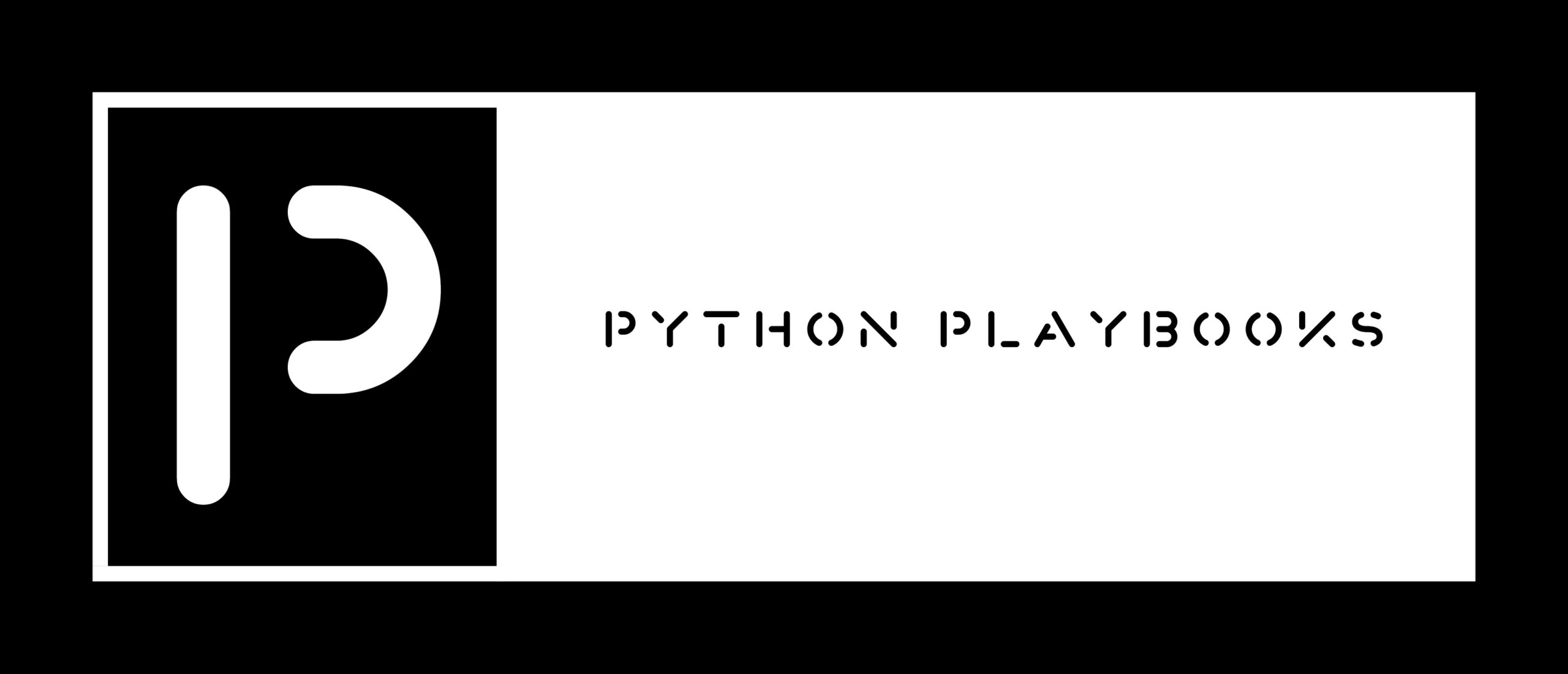Jinja2 is a fast and flexible template engine for Python that is widely used in web development, including in the Flask framework. It provides a concise syntax for creating templates and supports a range of features, including placeholders, loops, and conditional statements, making it easy to build dynamic and user-facing pages.
Placeholders
Placeholders are one of the most basic features of Jinja2. They allow you to insert dynamic content into a template. Placeholders are defined using double curly braces, like this: {{ placeholder_name }}. For example, you might use a placeholder to insert the value of a variable into a template, like this:
<h1>Hello, {{ name }}!</h1>In this example, the name placeholder would be replaced with the value of the name variable when the template is rendered.
Loops
Jinja2 provides the ability to create loops within templates. Loops allow you to repeat content based on a set of items. The syntax for a loop in Jinja2 is similar to that of other programming languages. For example, you might use a loop to create a list of items, like this:
<ul>
{% for item in items %}
<li>{{ item }}</li>
{% endfor %}
</ul>In this example, the for statement defines a loop that iterates over the items in the items list. The content within the loop is repeated for each item in the list, with the value of the current item being inserted into the template using a placeholder.
Conditional Statements
Jinja2 also provides the ability to include conditional statements in templates. Conditional statements allow you to include or exclude content based on certain conditions. The syntax for a conditional statement in Jinja2 is similar to that of other programming languages. For example, you might use a conditional statement to show or hide content based on the value of a variable, like this:
{% if show_message %}
<p>This is a message.</p>
{% endif %}In this example, the if statement checks the value of the show_message variable. If the value is True, the content within the statement is included in the rendered template. If the value is False, the content is excluded.
Template Inheritance
Jinja2 also provides the ability to inherit templates, which allows you to create a base template that contains common elements and then inherit from that base template in other templates. This makes it easy to maintain consistency across your templates, as changes to the base template are automatically reflected in all templates that inherit from it.
To create a base template, you create a template that includes blocks, which are defined using the {% block %} tag. Blocks define areas of the template that can be overridden in templates that inherit from the base template. For example, you might create a base template with a header and footer, like this:
<html>
<head>
<title>{% block title %}{% endblock %}</title>
</head>
<body>
<header>
<h1>My Application</h1>
</header>
<main>
{% block content %}{% endblock %}
</main>
<footer>
<p>Copyright © 2023